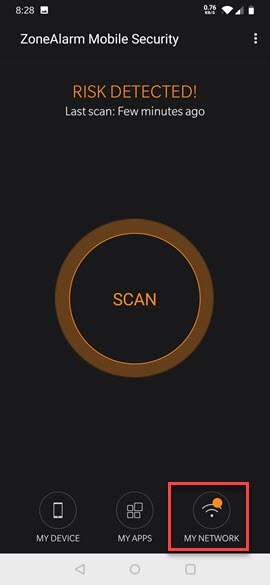
- DETECT SAFE BROWSING NEW VERSION HOW TO
- DETECT SAFE BROWSING NEW VERSION UPDATE
- DETECT SAFE BROWSING NEW VERSION SOFTWARE
Unfortunately, it’s also likely to pose the greatest risk to your privacy and the security of your computer and personal data.
DETECT SAFE BROWSING NEW VERSION SOFTWARE
Your Internet browser-Chrome, Firefox, Internet Explorer, Safari, etc.-is likely the most important piece of software installed on your computer. How secure is your Internet web browser? If you were to accidentally click on a malicious link from a search engine or an email, would your browser (and computer) be vulnerable to an attack? Java is a registered trademark of Oracle and/or its affiliates.Internet Browser Security Recommendations For details, see the Google Developers Site Policies. If you are concerned about the privacy of the queried URLs or the latency induced by aĮxcept as otherwise noted, the content of this page is licensed under the Creative Commons Attribution 4.0 License, and code samples are licensed under the Apache 2.0 License.
DETECT SAFE BROWSING NEW VERSION HOW TO

Response time: You maintain a local database that contains copies of the Safeīrowsing lists they do not need to query the server every time they want to check a URL.Match) and using hashed URLs, so the server never knows the actual URLs queried by the Privacy: You exchange data with the server infrequently (only after a local hash prefix.Several web browsers and software platforms use this
DETECT SAFE BROWSING NEW VERSION UPDATE
The Update API is designed for clients that require

Lists for local, client-side checks of URLs. The Update API lets your client applications download encrypted versions of the Safe Browsing

Latency induced by a network request, consider using the Lookup API since it's fairly easy to If you are not too concerned about the privacy of the queried URLs, and you can tolerate the Provide guarantees on lookup response time.

The API is simple and easy to use, as it avoids the complexities of the The Lookup API lets your client applications send URLs to the Google Safe Browsing server toĬheck their status. To determine if a URL is on any of the Safe Browsing lists, clients can use either Examples of unsafe web resources are socialĮngineering sites (phishing and deceptive sites) and sites that host malware or unwanted software.Īny URL found on a Safe Browsing list is considered unsafe. The Safe Browsing APIs (v4) let your client applications check URLs against Google'sĬonstantly updated lists of unsafe web resources. Purposes” – please refer to the Web Risk API. To detect malicious URLs for commercial purposes – meaning “for sale or revenue-generating The following Safe Browsing APIs are for non-commercial use only.


 0 kommentar(er)
0 kommentar(er)
